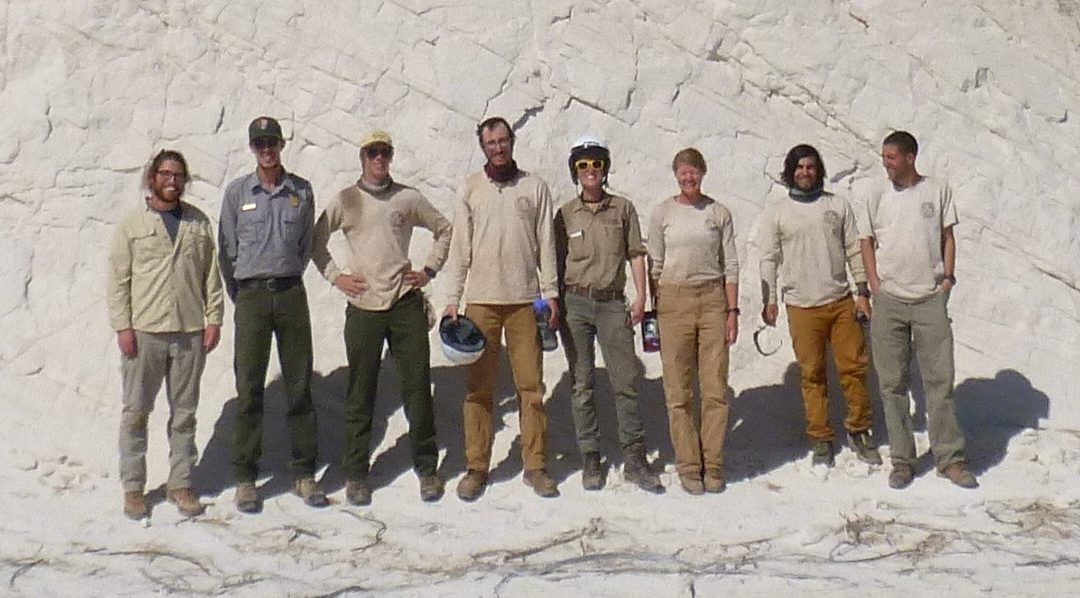An ACE crew assembled from Utah and Arizona just finished a month at the San Andres National Wildlife Refuge. San Andres National Wildlife Refuge’s was established in 1941 by President Franklin D. Roosevelt ‘for the conservation and development of natural wildlife resources.
In the beginning the refuges main focus was on the declining population of big horn sheep. In 1941 there was an estimated 31-33 animals left in that area. This refuge is unique as it is within the boundaries of the 2.2 million-acre White Sands Missile Range, which restricts public access on these pristine lands.
The crews main objective was to cut and treat Salt Cedar. Salt cedar Tamarix chinensis is a tree that is from Central Asia. It was introduced into the western United States for erosion control purposes in the early 1900’s and has spread throughout the western United States. Once established on the refuge it out competed and eliminated all other trees. It is found primarily along the refuge springs and streams. Large density of of these trees uses large amounts of water and will take over a spring to the point that the surface water often disappears. This can be detrimental to all native species that depend on the limited water in a desert environment. To combat it, refuge staff cut the trees and applies an herbicide.

